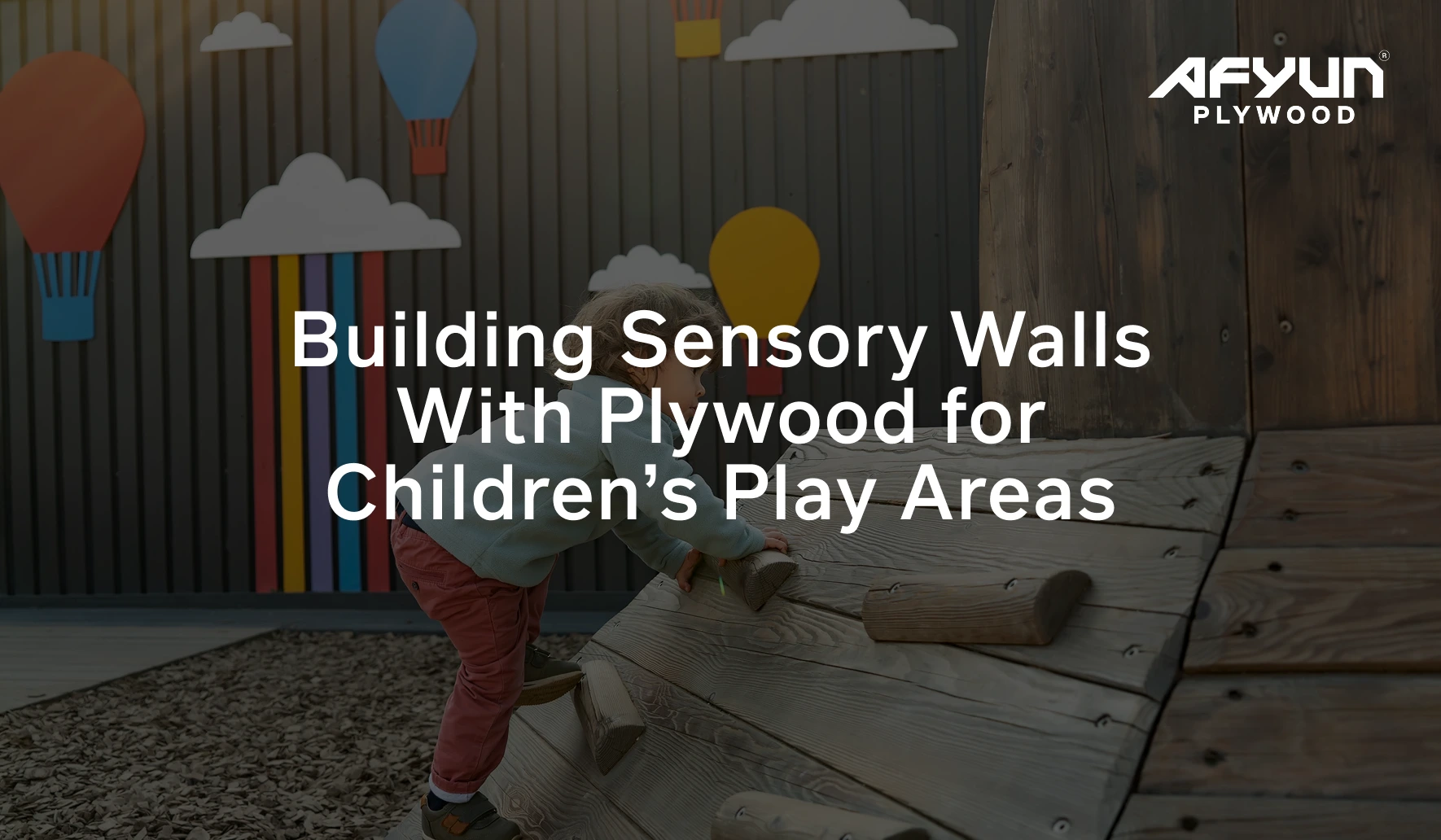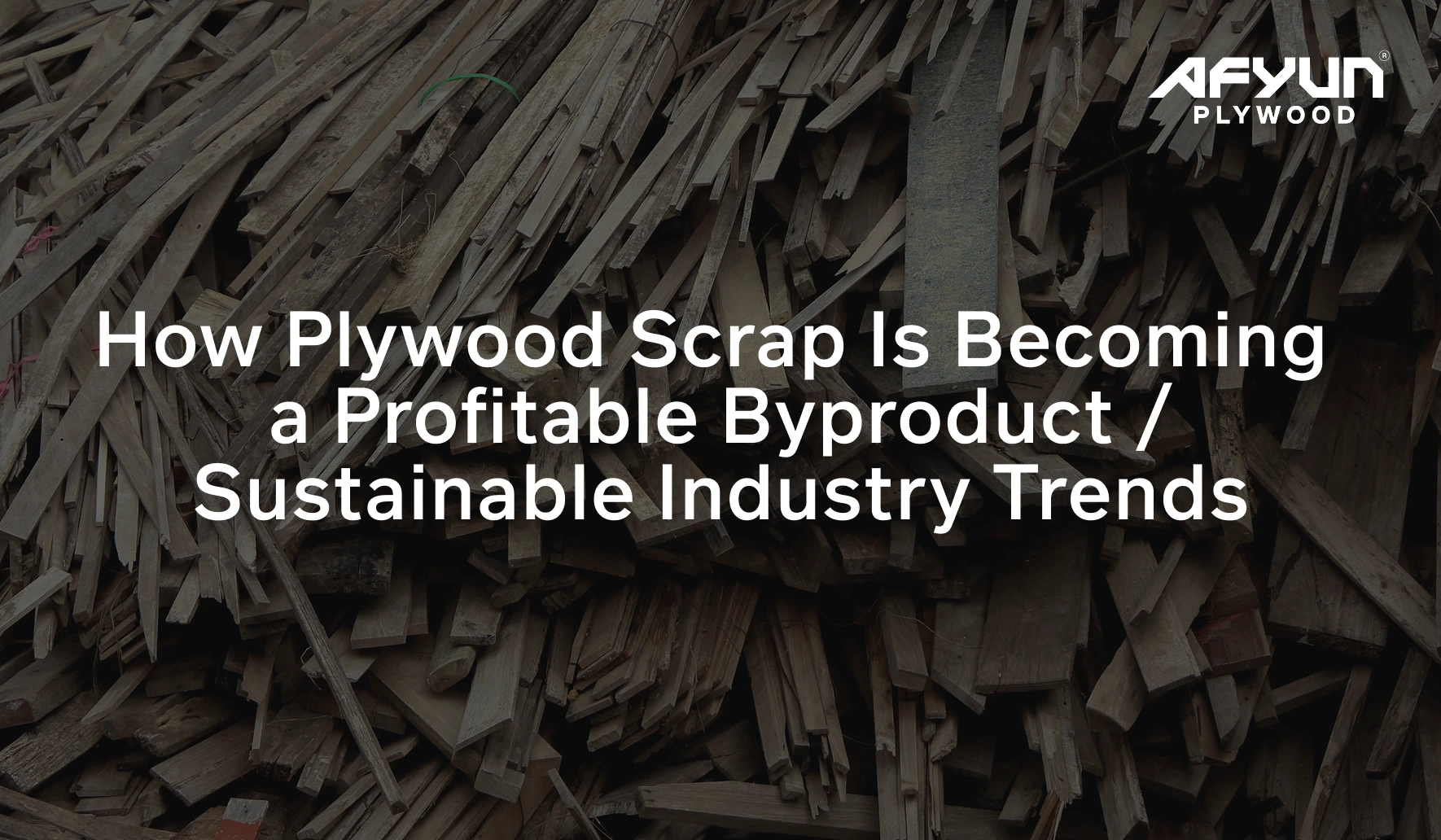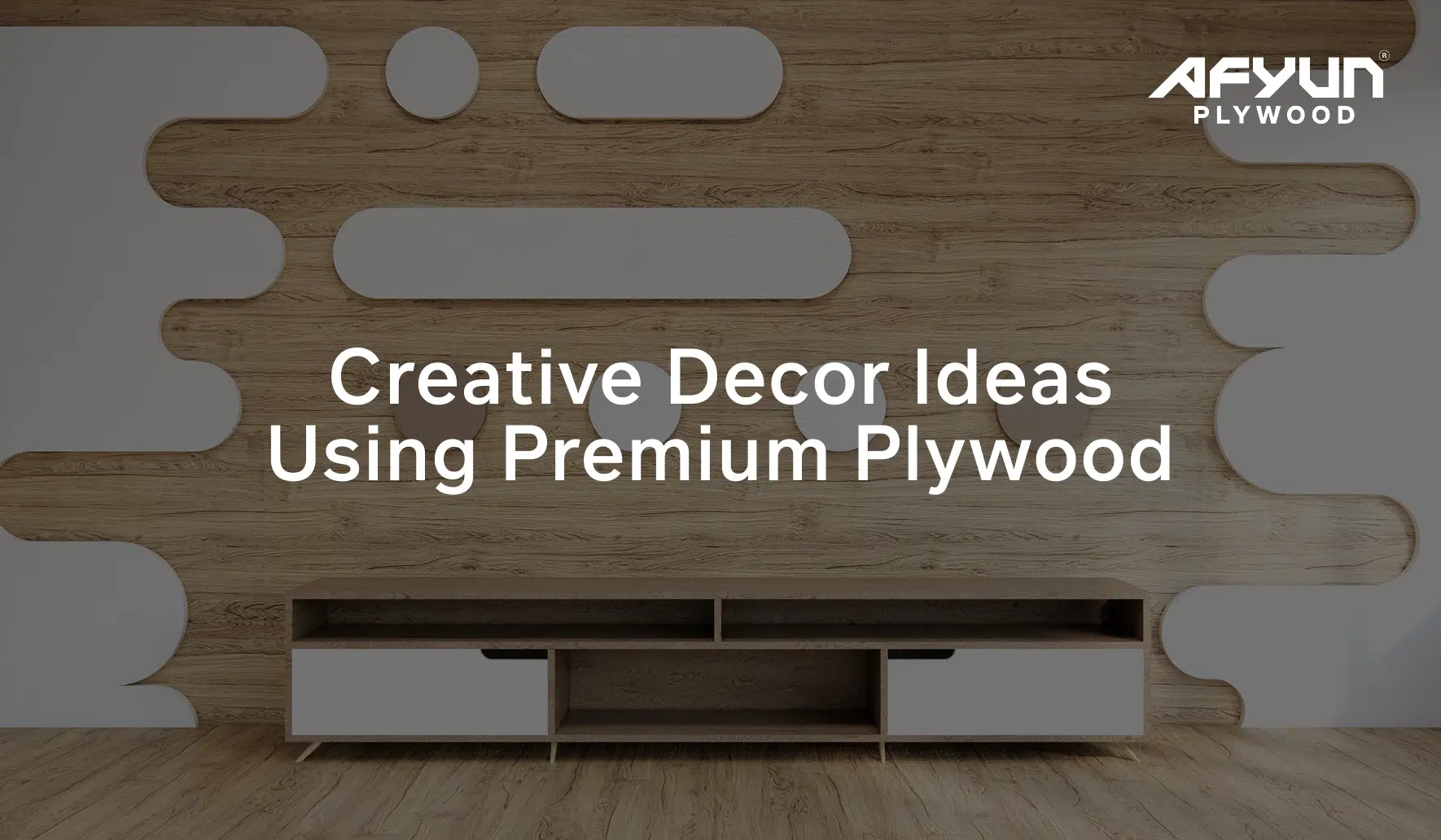Sensory walls made from high‑quality plywood are a durable, affordable, and highly engaging way to enrich children’s play spaces while supporting tactile, visual, and auditory development.
Well‑designed panels encourage hands-on exploration, fine motor practice, and language building through safe, open‑ended interaction with textures, sounds, and light.
Why Sensory Walls Matter
A sensory wall is a vertical, interactive surface that invites children to touch, see, hear, and manipulate objects, integrating textures, colors, reflections, and movable parts to stimulate multiple senses at once.
This kind of play fosters cognitive growth, sensory processing, and motor skills, and can be adapted for different ages and abilities to keep engagement inclusive and meaningful.
Plywood As The Ideal Base
Quality plywood, such as birch or other furniture‑grade sheets offers a smooth, strong, and dimensionally stable base that holds fasteners securely and withstands repeated use in busy play areas.
Its versatility supports creative cutouts, routed channels, and modular layouts, while finishes and edge treatments ensure safety and long‑term durability when properly sealed and maintained.
Planning The Wall
Start by selecting a wall zone with good visibility and supervision, then map interactive zones for texture, rhythm, water, or light to balance challenge and calm.
Consider children’s reach heights, traffic flow, and adjacent soft flooring or padding for safer exploration and fall protection in active corners. Professional mounting for heavier elements improves safety and longevity in schools, clinics, and shared playrooms.
Materials And Fixtures
Combine a plywood backer with a mix of tactile fabrics, artificial grass, acrylic mirrors, cellophane color windows, musical elements (chimes, spoons), and moveable hardware like knobs, spinners, and tubes to create rich, multi‑sensory experiences.
Secure components using screws, bolts, zip ties, Velcro, and adhesives as appropriate; test each attachment against vigorous tugs to ensure it remains firmly fixed during play.
Safety And Standards
Prioritize non‑toxic, child‑safe materials and avoid small detachable parts for children under three, following guidance referenced in children’s product norms and pediatric safety principles to reduce choking and ingestion risks.
Keep elements low‑profile or tightly fastened, round over all edges, sand surfaces smooth, and add wall and floor padding in high‑energy zones to help reduce injury during energetic sensory seeking or dysregulation.
Step‑By‑Step Build
- Prepare the base: Cut plywood to size, sand faces and edges, ease corners, and pre‑finish with a low‑VOC, kid‑safe sealer for cleanability and moisture resistance in indoor or semi‑outdoor areas.
- Layout and zoning: Sketch a top‑down plan for texture clusters, musical lanes, light windows, and any modular rail sections to allow future swapping or expansion.
- Anchor hardware: Use wall studs and appropriate anchors; mount the plywood panel with a French cleat or screws, then add through‑bolted hardware for heavy or load‑bearing components.
- Attach interactives: Install tactile tiles, mirrored acrylic, knobs, sliders, tubes, and sound objects securely; keep everything flush where possible and lock fasteners with thread locker or nyloc nuts.
- Test and iterate: Pull‑test attachments, run a fingernail and fabric snag test, and observe children’s interactions to relocate, remove, or reinforce elements as needed.
Design Ideas That Work
- Texture board: Arrange contrasting textures—fleece, corduroy, sequins, artificial turf, ribbed rubber—into a grid for tactile mapping and matching games, reinforcing descriptive language and classification.
- Rhythm lane: Mount chimes, suspended chains, tambourines, and safe mallet points to encourage timing, bilateral coordination, and auditory feedback while keeping decibels in check.
- Color and light: Add acrylic mirrors, transparent color panels, and suncatchers to explore reflection, shadow, and color mixing in ambient light without requiring powered components.
- Water wall module: In outdoor or washable areas, secure funnels, tubes, and bottles over a drain mat to let children experiment with flow and cause‑and‑effect, then remove seasonally as needed.
Installation And Maintenance
Professional installation is recommended for larger or powered panels to ensure correct wiring, load paths, and code compliance, especially in institutions.
Establish a regular inspection schedule to re‑tighten hardware, replace worn textures, sanitize touch surfaces, and rotate modules for novelty without overwhelming the environment.
Inclusive And Adaptive Use
Modularity helps tailor the wall to different developmental levels and sensory profiles, letting caregivers swap in calmer textures or reduce auditory components for sensitive users or add challenge features for seekers.
Guide rails or track systems enable quick reconfiguration while allowing multiple children to co‑play along parallel rows without crowding.
Buying Versus DIY
Ready‑made sensory panels and accessories—like tactile tiles, counting rails, and interactive boards—can accelerate setup and often arrive tested to safety benchmarks, while DIY plywood builds maximize customization and budget control.
Blending both approaches yields professional fit‑and‑finish in critical areas and creative personalization where it matters most.
Get the Best Plywood
A plywood‑based sensory wall delivers a sturdy, customizable foundation for rich, safe, and developmentally beneficial play, blending textures, sound, and light into an attractive feature for homes, schools, and clinics.
For quality plywood and reliable supply to bring this project to life, reach out to Afyun to source the right grades and sizes for children’s play installations.
Other Locations
Plywood Suppliers in Kerala | Plywood Suppliers in Bangalore | Plywood Suppliers in Chennai | Plywood Suppliers in Hyderabad | Plywood Manufacturers in Mangalore | Plywood Manufacturers in Coimbatore | Plywood Manufacturers in Tamilnadu | Plywood Manufacturers in Mysore | plywood manufacturers in india | Plywood Manufacturers in Kerala | Plywood Manufacturers in Bangalore | Plywood Manufacturers in Chennai | Plywood Manufacturers in Hyderabad









